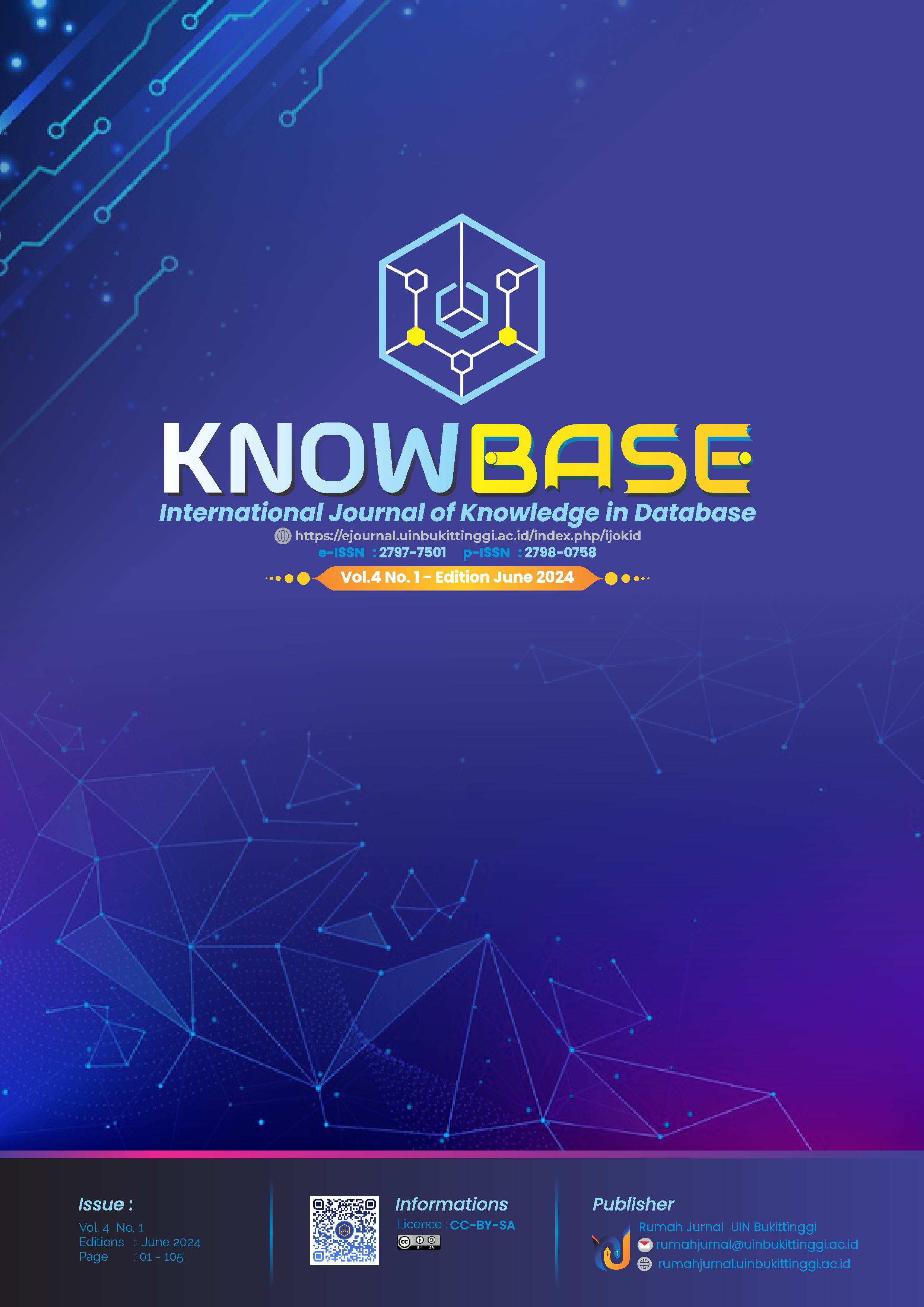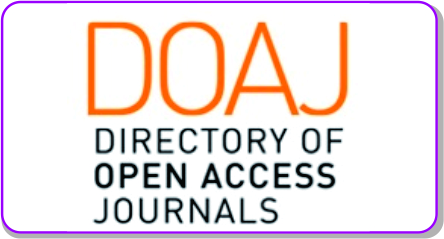Prototype Motion Sensor And Automatic Locking Based On The Internet Of Things (IOT)
Prototype Motion Sensor And Automatic Locking Based On The Internet Of Things (IOT)
DOI:
https://doi.org/10.30983/knowbase.v4i1.8122Keywords:
Automatic Locking, IOT, Sensor, ESP8266, ArduinoAbstract
The application of IoT in remote control systems to home security is becoming a necessity. This research designed 2 parts of the application of IoT, namely the automatic locking control system and motion sensor detection. With IoT, it can help reduce the risk of laziness in households. The equipment used in the IoT circuit is the nodemcu esp8266 internet module, 5vdc relay module, electrical sockets and pitting and cellphone chargers. The way this electrical IoT works is by controlling it from a smartphone that is connected to a device using applications and the internet. With a note on the IoT tool at home, there is already a living internet network. If the internet network has a problem, the tool will not work properly. The output of this research is a Control System IoT product in the form of a prototype that can be used for the motion detection process and an IOT-based door locking system that can be controlled from a smartphone
References
Ambarita, J., P, R. A., & Wibowo, A. S. (2019). Rancang Bangun Prototype Smarthome Berbasis Internet of Things ( IoT ) Menggunakan Aplikasi Blynk Dengan Modul ESP82664
Ambarita, J., P, R. A., & Wibowo, A. S. (2019). Rancang Bangun Prototype Smarthome Berbasis Internet of Things ( IoT ) Menggunakan Aplikasi Blynk Dengan Modul ESP8266
Andrianto, W. (2019). Sistem Pengontrolan Lampu Menggunakan Arduino Berbasis Android. Universitas Islam Majapahit Mojokerto.
Ariandi, A., Yesputra, R., & Risnawati, R. (2021). Perancangan Smart Home Dengan Sistem Kendali Dari Android Di CV. Rifanta Tanjung Balai. JUTSI (Jurnal Teknologi Dan Sistem Informasi).
Artiyasa, M., Rostini, A. N., Junfithrana, A. P., Studi, P., Elektro, T., & Putra, U. N. (2020). Aplikasi Smarthome Node MCU iot untuk Blynk.
Carudin, Ramdani, M. (2020). Sistem Kontrol Dan Monitoring Door Lock. Jurusan Teknik Informatika, STMIK Bani Saleh.
Kurniawan, M. I., Sunarya, U., & Tulloh, R. (2018). Internet of Things : Sistem Keamanan Rumah berbasis Raspberry Pi dan Telegram Messenger. ELKOMIKA: Jurnal Teknik Energi Elektrik, Teknik Telekomunikasi, & Teknik Elektronika.
Ratnasari, F. (2019.). Sistem Keamanan Rumah Berbasis IoT Menggunakan Mikrokontroler dan Telegram Sebagai Notifikasi.
Suryanto, M., Studi, P., Elektro, T., Muhammadiyah, U., Ardianto, F., Studi, P., Elektro, T., Muhammadiyah, U., Alfaresi, B., Studi, P., Elektro, T., & Muhammadiyah, U. (2021). Rancang bangun sistem smarthome berbasis internet of things dengan node mcu dan google assistant di smartphone android.
Wicaksono, M. F., & Rahmatya, M. D. (2020). Implementasi Arduino dan ESP32 CAM untuk Smart Home. Jurnal Teknologi Dan Informasi.
Winardi, S., Firmansyah, & Kristiana, W. A. (2018). Menggunakan Android Berbasis Arduino Uno. E-Jurnal NARODROID.
Downloads
Published
Issue
Section
Citation Check
License
Copyright (c) 2024 Wirdah Choiriah, Eddissyah Putra Pane

This work is licensed under a Creative Commons Attribution-ShareAlike 4.0 International License.
Authors who publish with this journal agree to the following terms:
- Authors retain copyright and grant the journal right of first publication with the work simultaneously licensed under a Creative Commons Attribution License that allows others to share the work with an acknowledgment of the work's authorship and initial publication in this journal.
- Authors are able to enter into separate, additional contractual arrangements for the non-exclusive distribution of the journal's published version of the work (e.g., post it to an institutional repository or publish it in a book), with an acknowledgment of its initial publication in this journal.
- Authors are permitted and encouraged to post their work online (e.g., in institutional repositories or on their website) prior to and during the submission process, as it can lead to productive exchanges, as well as earlier and greater citation of published work (See The Effect of Open Access).














